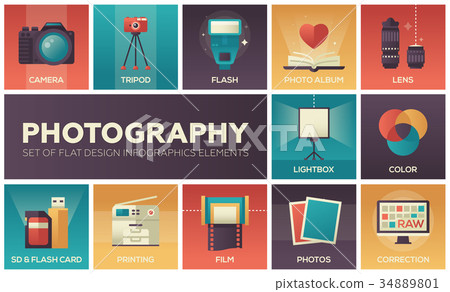What Every Digital Photographer Should Understand About Lights
What Every Digital Photographer Should Understand About Lights
Blog Article
Content By-Gillespie Riddle
As a digital photographer, you know that lighting can make or break your images. Comprehending the nuances of both natural and man-made light is necessary for capturing the state of mind and clearness you go for in your work. Whether you're chasing after the best gold hour radiance or adjust your man-made configurations, mastering these components can raise your photography significantly. Yet there are common risks that several overlook, and recognizing them can change your strategy to every shoot. Let's explore what you could be missing out on and how it can affect your results.
Comprehending Natural Light
Comprehending natural light is essential for any kind of digital photographer seeking to boost their job. It's the structure of terrific photography, influencing mood, tone, and quality. When you shoot outdoors, focus on the moment of day. The gold hour-- shortly after daybreak and prior to sundown-- provides soft, cozy light that can change ordinary scenes right into stunning images.
Do not ignore the power of cloudy days. Cloud cover diffuses sunlight, developing a soft, even light that's perfect for portraits and macro photography. You'll locate shades appear this type of illumination without rough shadows.
Positioning issues, too. Constantly consider your topic's orientation to the light. If the sun's behind your subject, you may wind up with a shape, which can be dramatic however mightn't be what you want. Conversely, straight sunshine can create unflattering shadows.
Try out angles; occasionally, transforming your viewpoint can produce remarkable outcomes. Usage natural reflectors, like water or sand, to bounce light onto your subject, including measurement.
Mastering Artificial Light
Grasping fabricated light is necessary for photographers who wish to take their skills to the following level. Whether https://squareblogs.net/colby37lashaunda/reveal-the-necessary-digital-photography-equipment-that-will-certainly-start utilizing speedlights, workshop strobes, or continuous lights, recognizing just how to manipulate these resources can drastically improve your photos.
Start by familiarizing yourself with the fundamentals of light quality, direction, and color temperature. https://blogfreely.net/fay38donnell/easy-ways-to-enhance-your-portrait-digital-photography with various modifiers like softboxes, umbrellas, or grids to regulate the gentleness or cruelty of the light.
You'll discover that soft light frequently creates lovely results, while harsher light can include drama and deepness. Do not shy away from shadows; they can improve the three-dimensionality of your topics.
Pay very close attention to the positioning of your lights. A light located also close to your subject can develop unflattering outcomes, while also far away can result in a lack of information. Utilize a light meter or your video camera's histogram to guarantee you're subjecting properly.
Finally, remember that artificial light can be combined with ambient light for innovative results. Stabilizing relevant resource site may take technique, but once you master it, your digital photography will absolutely beam.
Methods for Various Situations
When you enter different capturing scenarios, adapting your lighting strategies is vital for catching the very best images. For exterior pictures, utilize the golden hour-- early morning or late afternoon light-- to soften shadows and boost skin tones.
If it's a harsh lunchtime sunlight, consider using a reflector to jump light back onto your topic or seek shaded locations for an extra also direct exposure.
In low-light situations, like indoor events, enhance your ISO and utilize a broad aperture to allow in more light. A tripod can assist get rid of video camera shake, allowing for longer exposures without obscuring.
If you're shooting at evening, try out off-camera flash to produce vibrant lighting and depth in your photos.
For item digital photography, use diffused illumination to stay clear of extreme reflections. Softboxes or light camping tents can assist achieve this impact.
When photographing landscapes, take into consideration the direction of light and time of day, as it can significantly alter the mood of your shot.
Always prepare to change your setups and positioning based on the situation, as adaptability is crucial to understanding illumination in photography.
Verdict
To conclude, grasping lighting is crucial to boosting your digital photography skills. Welcome all-natural light's appeal throughout gold hour, and do not avoid explore fabricated light techniques. By adjusting your technique to different situations, you'll record stunning images that reverberate with emotion and quality. Bear in mind, the appropriate lights can change an ordinary shot into something remarkable, so keep practicing and improving your understanding of both natural and synthetic light. Pleased capturing!
